
Constructing and installing floors following correct techniques and standards to ensure safety, minimize risks, and limit the delay in construction are matters of great concern to many investors. Statistically, incorrect calculation of the load of traditional reinforced concrete floor systems is the leading cause of scaffold accidents which are no stranger to floor construction. So how can these risks be minimized and what can be the solution to optimize the construction progress for the project?

Widely featured in iconic projects in Southeast Asia, such as Marina Bay Sands in Singapore, Changi Airport in Singapore, Petronas Twin Towers in Malaysia, One Shelley Street in Australia, etc. composite steel decking has become a new trend in the global construction industry.
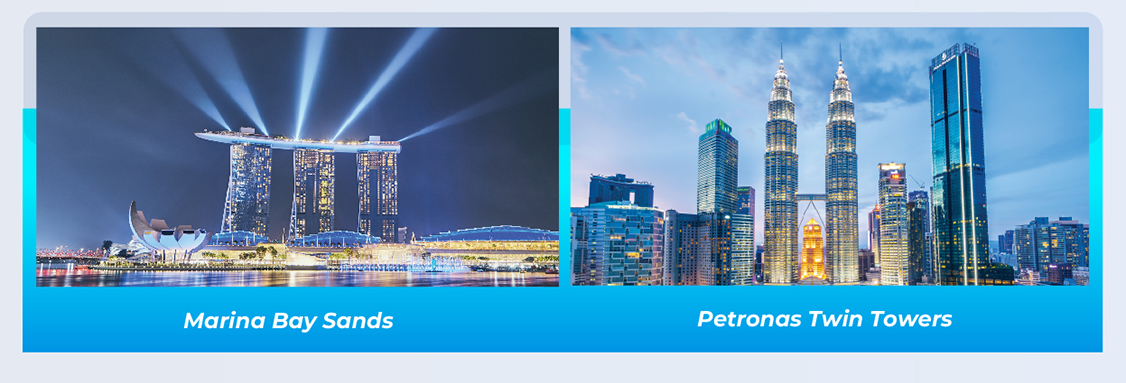
According to Dr. Pham Cao Hung, Senior Lecturer at the University of Sydney (Australia), the steel-concrete composite structural solution is an intelligent combination to optimize the unique mechanical properties of steel and concrete materials, enhancing high load-bearing capacity, large spans, compact components, and aesthetics. The concrete layer is cast on the steel floor surface, so it is thin and light, positively affecting the frame structure and foundation of the project.
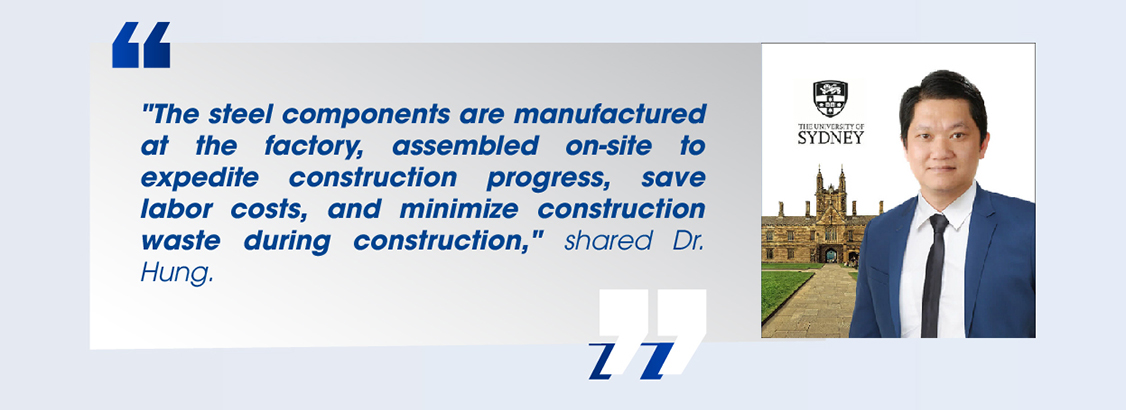
Capturing this trend along with an understanding of the needs of the Vietnam construction market, in 2017, NS BlueScope Lysaght – a steel solution provider with over 165 years of experience from Australia introduced the LYSAGHT® BONDEK® II composite steel decking solution to the Vietnam market, replacing traditional formwork and bottom reinforcement steel mesh for concrete slab system.
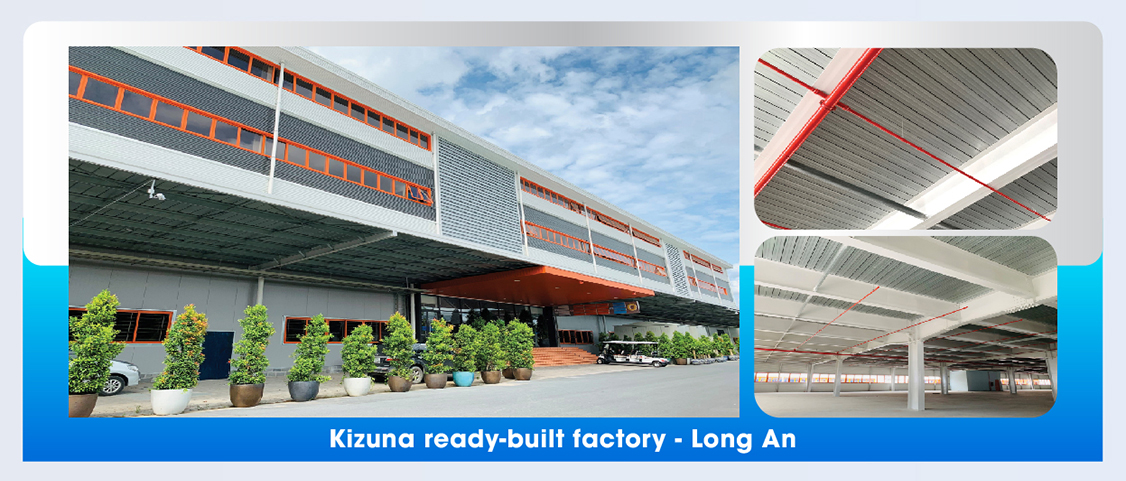
Many industrial projects of billion-dollar enterprises in Vietnam have chosen the LYSAGHT® BONDEK® II composite steel decking solution, such as Thaco Truong Hai Headquarters – Chu Lai Industrial Zone, Long Beach Resort – Phu Quoc, Kizuna ready-built factory – Long An, Millennium Furniture – Quang Ngai, Landmark 81 – Ho Chi Minh City, and so on.

With the increasing number of industrial real estate projects, optimizing design solutions plays an important role in helping investors and contractors save time and reduce operating and production costs. In particular, floor construction requires special attention for optimal construction solutions.

Traditional steel-reinforced concrete floor systems or heavy wooden formwork face many drawbacks such as bulkiness, large weight, making it difficult for the construction structure with large spans, massive scaffolding affecting construction safety at the construction site, and prolonging the construction period. The application of composite structure and composite decking has become a popular trend worldwide, widely applied to industrial projects, multi-story factories, commercial, civil, and public construction, etc. demonstrating high investment efficiency.
LYSAGHT® BONDEK® II composite steel decking is the solution to the limitations of traditional methods. The solution is used to replace traditional formwork with premium steel materials, outstanding corrosion resistance, and optimal fire resistance, eliminating the risk of labor accidents, and can be used as a finished ceiling material.
This solution also helps save construction time and the cost of concrete reinforcement for the floor, bringing high aesthetics to the project after completion.

To ensure that casting concrete for high-rise floors is no longer a concern,
BlueScope Lysaght has continuously improved this solution in recent years. The quality of this solution has been affirmed through testing following Australian standards for spanning capacity during the concrete pouring process, and the fire resistance test under British standard BS476. In addition, LYSAGHT® BONDEK® II composite decking has also been tested according to Vietnam’s TCVN 9311-5:2012 standard.
The company also offers Megafloor, dedicated design software for LYSAGHT® BONDEK® II with three steps: design formwork for the concrete pouring process, design composite floor when the concrete has sufficient strength and design fire resistance.
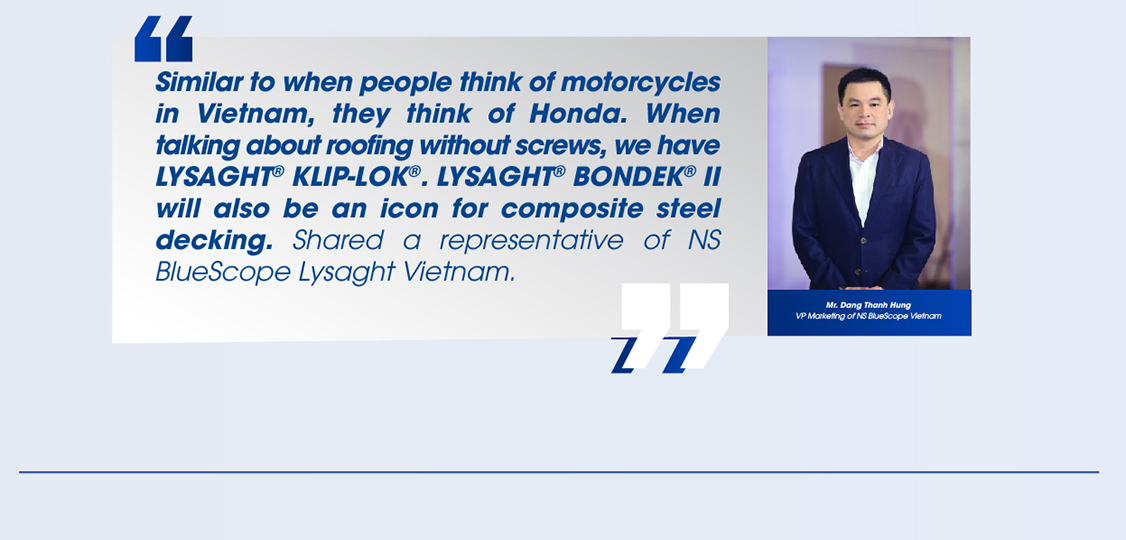






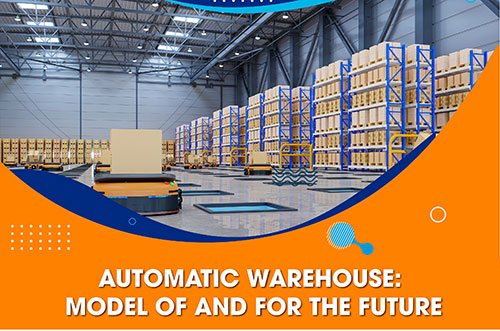

Comment